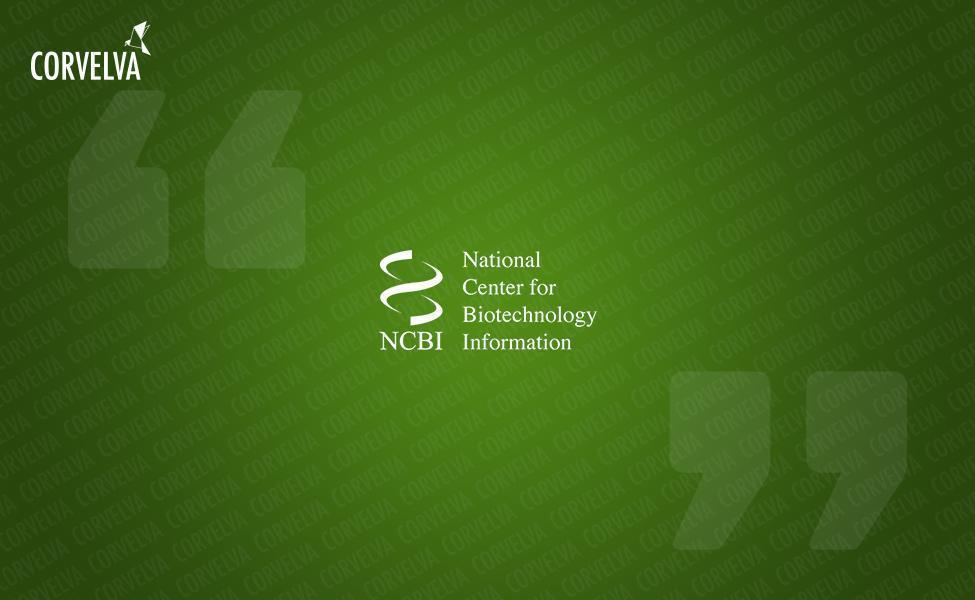Prenatal paracetamol exposure and infant neurodevelopment: a review

Hormones and Behavior
Bauer AZ, Kriebel D, Herbert MR, Bornehag CG, Swan SH
2018
Abstract
Non-prescription acetaminophen (acetaminophen, APAP) is currently recommended as a safe treatment for pain and fever during pregnancy. However, recent studies suggest a possible association between the use of APAP in pregnancy and the neurodevelopment of offspring.
Goals: To conduct a review of publications reporting associations between prenatal APAP use and the outcomes of neurological development of offspring.
Methods: Relevant sources were identified through a keyword search from multiple databases (Medline, CINAHL, OVID and TOXNET) in September 2016. All observational studies in English on APAP pregnancy and three classes of neurological development outcomes (autism spectrum disorder ( ASD), attention deficit hyperactivity disorder (ADHD) and IQ (IQ) have been included. One reviewer (AZB) reviewed all the titles and abstracts, extracted and analyzed the data.
Risultati: 64 studies were recovered and 55 were not eligible. Nine prospective cohort studies met all inclusion criteria. Data pooling was not appropriate due to the heterogeneity of the results. All included studies suggested an association between prenatal APAP exposure and neurological development outcomes; ADHD, ASD or lower IQ. A longer duration of APAP use has been associated with an increased risk. The associations were stronger in hyperactivity and attention-related outcomes. A modest change in associations has been reported by indication for use.
ConclusionsTogether, these nine studies suggest an increased risk of adverse neurological development outcomes after prenatal APAP exposure. Further studies are urgently needed with; precise indication of the use and evaluation of the exposure of the use both in utero and in early childhood. In light of current results, pregnant women should be warned against indiscriminate use of APAP. These findings have substantial implications for public health.
Conclusions
There have been consistent results in the nine prospective cohort studies, within five cohorts, which suggest adverse results of neurological development in children after using APAP in pregnancy. These results suggest that APAP alters neurodevelopment more in relation to hyperactive and attentional functions. The greatest risk of ASD and ADHD symptoms appears to result from prolonged exposure to late pregnancy. Relatively modest risks may be the result of residual confusion, but the identification of dose-response gradients, quarterly effects, specificity for APAP, biological plausibility and results showing associations are not confused by the indication for use against a spurious association .
Pregnancy fever has its associated risks (Dreier et al., 2014) and APAP is currently considered the best option for mitigation of fever during pregnancy, particularly in the third trimester when NSAIDs are contraindicated (Bloor and Paech, 2013). Across the populations in this review, fever mitigation use ranged from <5% to 37% of total use. Headache, migraine, muscle pain, back pain and infections, for which limited efficacy has been suggested, accounted for most of the APAP used in pregnancy (Stephens et al., 2016; Saragiotto et al., 2016 ; Jefferies et al. ., 2016; Ennis et al., 2016; Nazarko, 2014) (Appendix C).
Further epidemiological studies are urgently needed with precise assessment of exposure, indication of use and precise data on times of use both in utero and in early childhood. The use of multiple exposure models should be considered to study the interactions between gene-environment and environment-environment. Further studies are needed to eliminate the underlying biological mechanisms and develop safer anesthetics.
Research on child exposure to APAP should be a top priority. Without the protection offered by the mother's liver and placenta, other neurotoxins such as lead and arsenic pose their greatest neurological risk, not from prenatal exposure but rather from direct exposure to the child (Rodriguez-Barranco et al., 2013 ; Heyer and Meredith . Most children in the United States receive at least one drug in a given week, with APAP, by far the most common of these (Vernacchio et al., 2009). APAP has been shown to reduce the antibody response to vaccine antigens by providing evidence of influence on the infant immune response (Prymula et al., 2009). There is weak but suggestive evidence of an APAP-ASD association from a small case-control study on use after measles-mumps-rubella vaccination (Schultz et al., 2008) and a series of further studies, which together suggest one possible relationship with APAP at the time of male circumcision (Bauer and Kriebel, 2013; Frisch and Simonsen, 2015; Raz et al., 2015; Ben Chaim et al., 2005; Yegane et al., 2006)
Pregnant women should be warned against indiscriminate use of this drug. APAP exposure is so common that the public health implications of a modest elevation in adverse neurodivulatory risk are significant.

